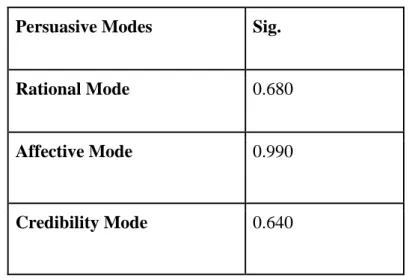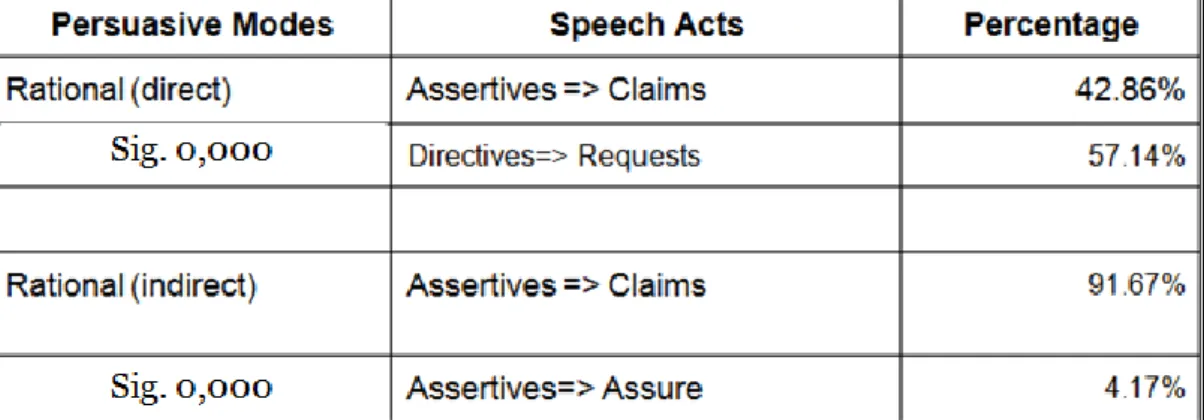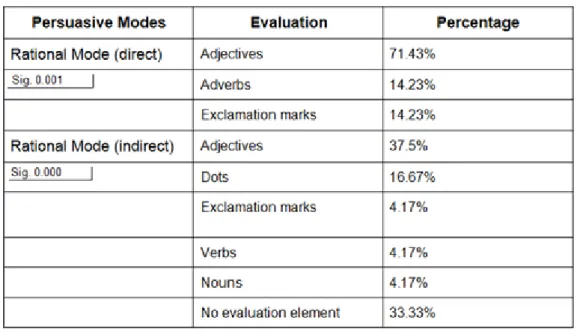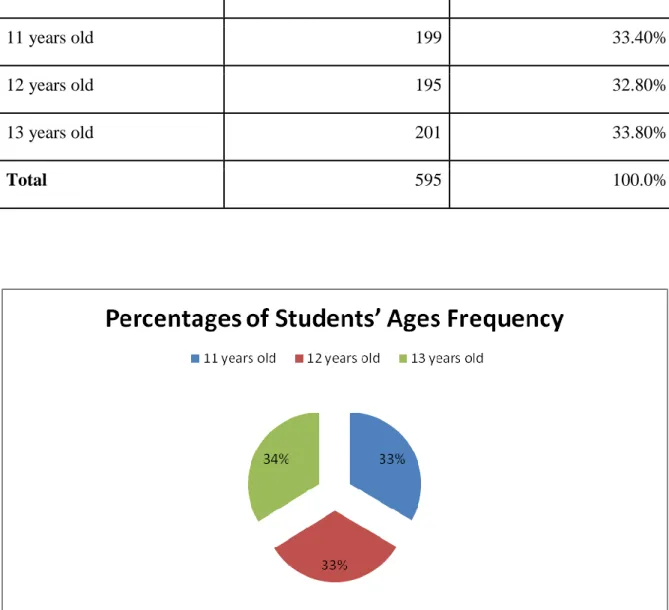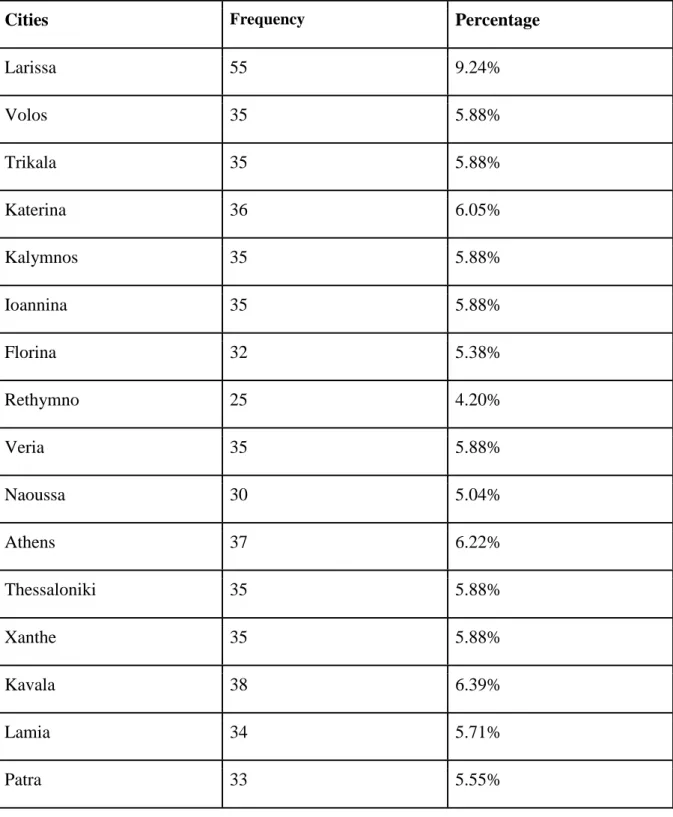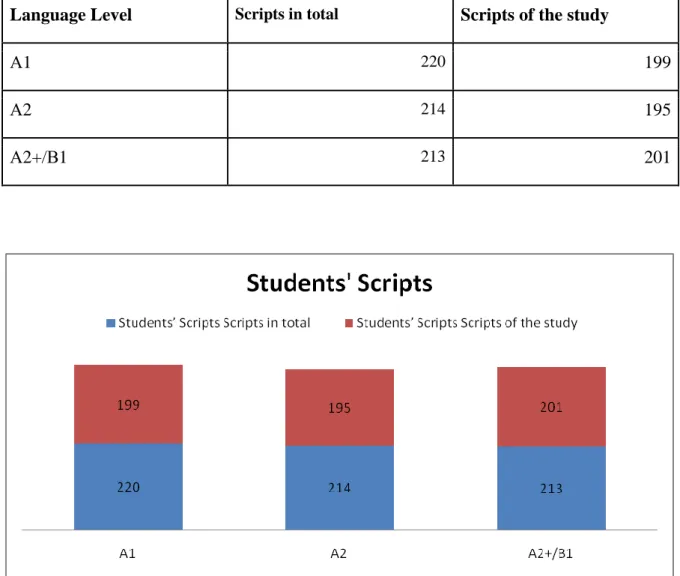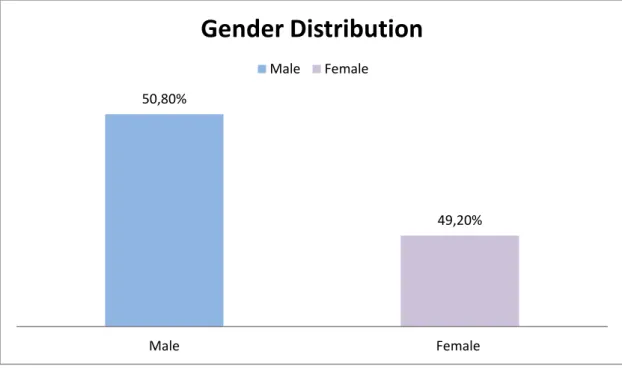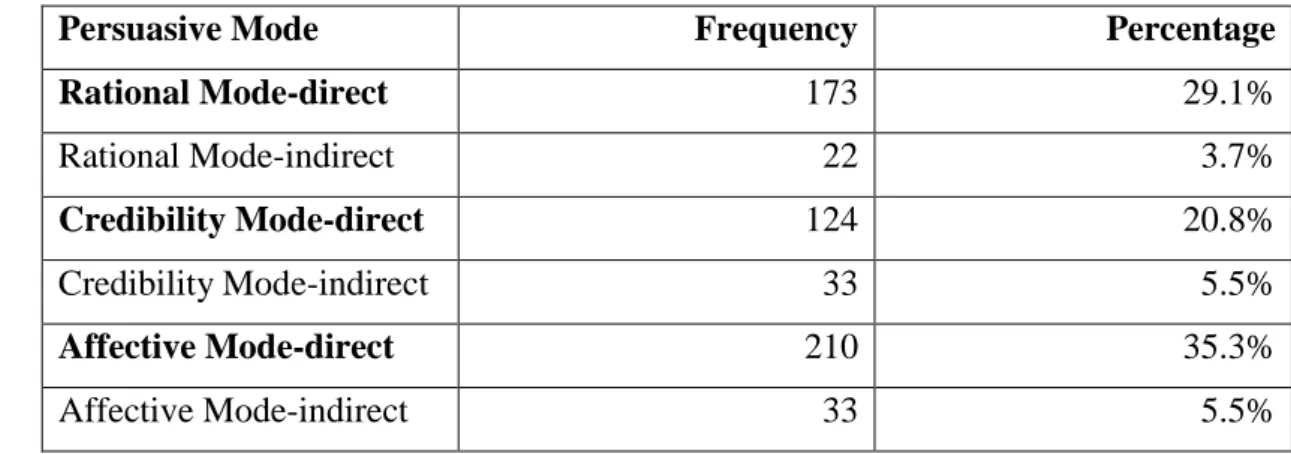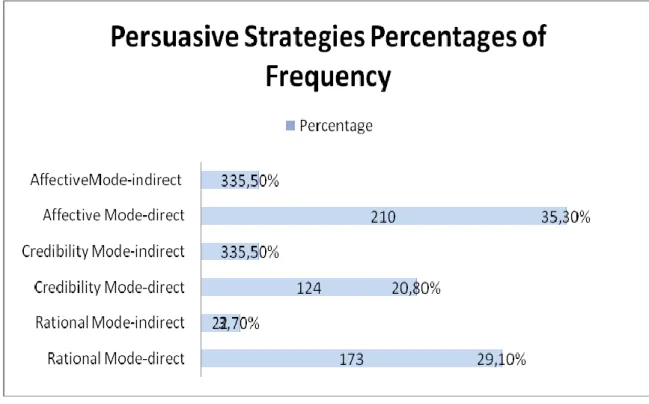The gender of the teenage Greek EFL students relates to the qualitative differentiation in their written persuasive discourse. The language level of the teenage Greek EFL learners contributes to the qualitative differentiation in their written persuasive discourse.
RHETORIC
Introduction to Rhetoric
Counseling genus, in which the subject of speech is located in the future, while the role of the speaker is to advise and guide for the benefit or even to prevent the occurrence of a harmful event. Forensic genitive in which the subject of discourse is in the past while the speaker aims to support the law or the criminal.
Sophists and their movement towards rhetoric
Illustrative genre, in which the subject of speech is praise or criticism, while the audience maintains a passive role, enjoying the beauty and sophisticated content of the speech (deRomilly, 1988). The special interest of the sophists, during the era of Plato, played a decisive role in shaping the thinking of the youth of that time, as it was distinguished for its submission and devotion to the great thinkers.
Sophists and Rhetoric
The skill in the use of words, as rejected by the works of the sophists, can undermine truth, while at the same time it cannot be accompanied by a philosophy of skepticism or relativism (Skouteropoulos, 1992). The same view is shared by Plato, who asks Socrates to perform his work as a one-sided expression and conviction of the audience.
The spread and expansion of Rhetoric to Greece
Finally, Ermagoras from the Limnos of Aeolidas also left his mark in the mid-2nd century BC and exerted a great influence on rhetorical art. A central point in the course of rhetorical art was Constantine's Decree of the Medians in 313 AD.
The Aristotelian approach to rhetoric
- Logos
- Pathos
- Ethos
However, Aristotle places special emphasis on two other instruments that contribute to the persuasion of the art of rhetoric, which are the persuasive appearance of the speaker and the ability to develop and raise the appropriate emotions in the listeners (Rhetorik 1356 a, 15). Logos, which is based on the evidence or obvious indications, as these are provided through the words and verbal forms of the speaker's own speech.
Concluding Remarks
Finally, Aristotle's taxonomy of rhetoric has long been recognized over the years as a key system of rhetorical discourse. This fact reinforces the interdisciplinary nature and use of rhetoric and facilitates the understanding of its application in different and distinct fields.
PERSUASION AND PERSUASIVE DISCOURSE
- Introduction
- Persuasion and Rhetoric: understanding their similarities and differences
- Explaining Theories of Persuasion
- Social judgment theory
- The elaboration likelihood model (ELM)
- Cognitive dissonance theory
- Narrative paradigm
- Development of persuading skills
- Low-language level students’ persuading skills
- Upper-language level students’ persuading skills
- Persuasive Writing and its Challenges
- Syntactic Features
- Coherence
- Cohesion
- Persuasiveness
- Concluding Remarks
On the other hand, rhetoric is based on the knowledge and it is related to the person's ability to convince the addressee through strategic deciphering/decoding and encoding. Furthermore, success in written persuasive discourse is achieved by selecting appropriate information related to the topic (Hutson-Nechkash, 2004) and the right paragraphing and organizing ideas abilities (Mason & Cramer, 2008; Martens, 2007).
PERSUASIVE STRATEGIES
Introduction
Persuasive Strategies as goal-achievement strategies
Connor and Lauer’s Taxonomy of Persuasion (1985)
- Rational Appeal
- Affective Appeal
- Credibility Appeals
Barbara Johnstone’s Taxonomy of Persuasion (1986)
- Quasilogic
- Presentation
- Analogy
Guerini, Stock & Zancanaro’s Taxonomy on persuasion (2004)
Persuasion across the curriculum
- Persuasion across the Greek National Curriculum
- Persuasion in English National Curriculum
Concluding Remarks
METHOD
- Subjects
- Design of the research
- Research procedures
- Research Instruments
- Pilot study – The Thessalian Study
- Introductory Remarks
- Analysis
- Results on Greek EFL learners’ persuasive discourse
- Concluding Remarks
Use of persuasive strategies across language levels Table 4.5 Speech acts and rational persuasive context Table 4.6.
ANALYSIS
Descriptive analysis of the research context
- Findings on the design
- Findings on the subjects
- Findings on the research instruments
- Findings on the investigation procedure
Descriptive analysis of the variables
- Gender
- Language level
- Persuasive Strategies
- Speech Acts
- Evaluation
In the second part of this chapter, analysis is devoted to the variables of the study with a detailed description against each of them. Aristotle University of Thessaloniki, Greece Page 122 .. a) out of the 220 scripts in total, 199 answered the given question of the worksheet distributed to the students at A1 level. Additionally, their digital format allowed the researcher to keep notes and certain portions of the students' writing that accompanied their strategy use, which.
Depending on the research procedures, various findings were published, mainly regarding the use and importance of the 5 investigative readings. As can be seen from the following table, 50.8% of the students were boys and 49.2% were girls. More specifically, the following table (Table 5.6) and graphs (Graph 5.4) present the frequency and percentages of persuasive methods in their direct and indirect use by students.
Case studies/excerpts from student scenarios This book will have you crying by the end of the page. It might be nice to read about the scenery and places of forests and trees.
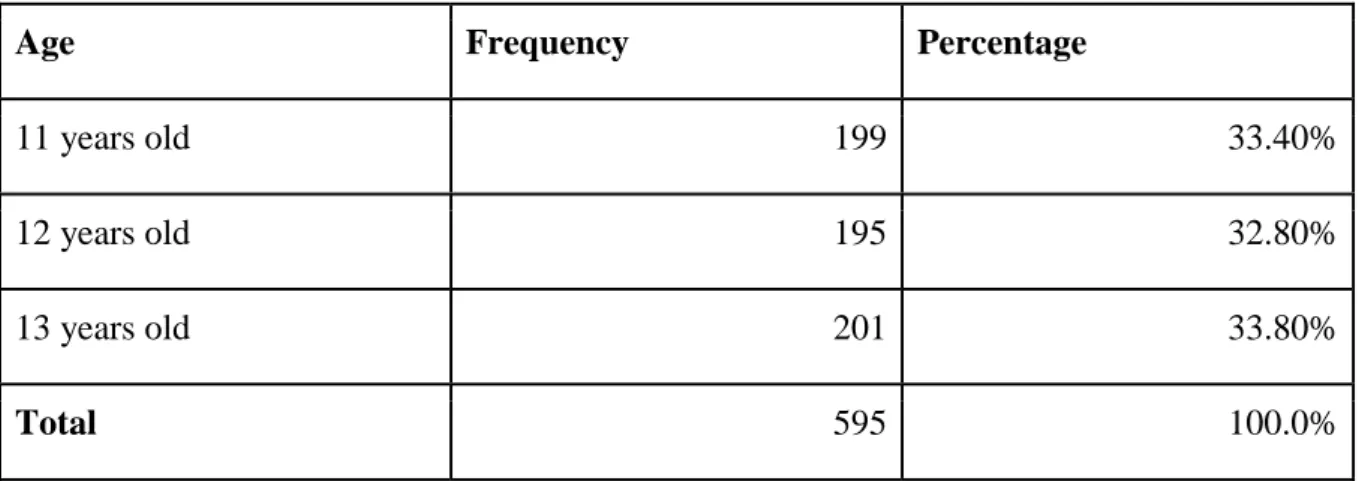
Concluding Remarks
FINDINGS – RESULTS
Results on the research hypotheses
- Gender contribution
- Language level contribution
Findings against research questions
- Focus on speech acts
- Focus on evaluation elements
Furthermore, figure 6.0 presents a summary of the persuasive strategies used by male and female students of the study and they were associated with specific genders. The figure below (Figure 6.1) presents a codification of the rational persuasive strategies used by the male and female students of this study. In terms of credibility strategies, the figure below (Figure 6.2) aims to code the persuasive credibility strategies used by the male and female students of the study.
The relationship between the two nominal variables was investigated using a crossover test and it was shown that there is a statistical dependence between language level and persuasive strategies used by students in written discourse. In addition, Figure 6.4 presents a summary of the persuasive strategies used by language level learners A1, A2 and A2+B1 and associated with specific language levels. The figure below (Figure 6.5) presents a summary of the rational persuasive strategies associated with certain language levels.
Furthermore, the following table (Table 6.6) presents the rational persuasion strategies that showed associations with the language levels. Regarding the corresponding persuasion strategies of the Affective Persuasion Mode, the following figure (Figure 6.7.) summarizes the affective persuasion strategies used by the students and related to certain language levels.
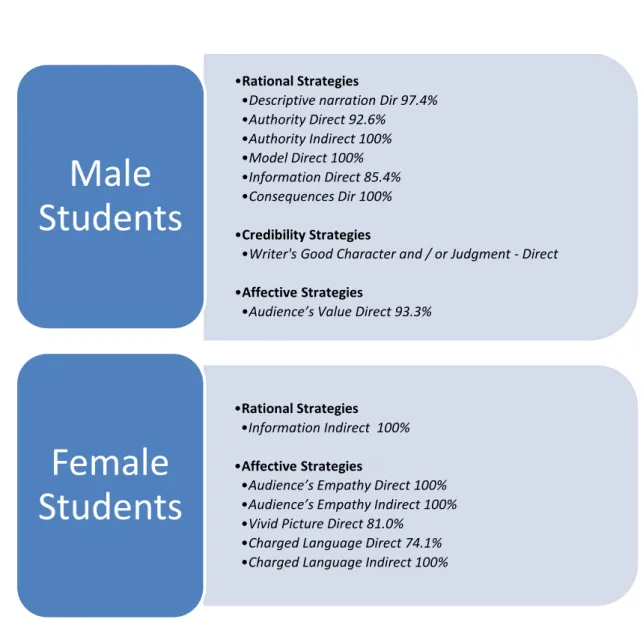
Concluding Remarks
After analyzing and processing the data, it is concluded that both language level and gender contribute to a large extent to the persuasive differentiation. Specifically, as students develop their level of foreign language, they seem to prefer affective appeals and credibility more than logical appeals. In fact, A1 students preferred more the rational strategies of Authority, Model and Information, A2 students showed their preference for credibility strategies while A2+/B1 used combinations of affective (to a greater extent) and rational strategies in written discourse .
In terms of gender, female students showed their preference for affective appeals (audience sensitivity, vivid imagery, loaded language) in their effort to persuade the other party, while male students seemed to have used more rational strategies ( Narrative, Authority, Information, Model) aiming to convince their British friends. Several associations were also discovered regarding persuasive ways and speaking acts and student evaluation elements. Instructional speech acts appeared to be performed more frequently than other types of speech acts, while focusing on evaluative elements, they showed links to key persuasive modes, and careful consideration of their function with context is necessary. discreet in any compelling way.
The students' strategic and lexico-grammatical choices were examined, and through a careful and multidimensional processing, a clear understanding of the subjects' persuasive profile was facilitated.
DISCUSSION AND CONCLUSIONS
Discussing the gender contribution to the persuasive strategies selection
Discussing the language level contribution to the persuasive strategies selection
Discussing association of speech acts and persuasive modes
Discussing the association of evaluation elements and persuasive modes
Limitations of the study
Further Research
Examining the contribution of gender to the qualitative differentiation in the choice of persuasion strategies, it has been shown that gender contributes to the choice of some persuasion strategies. Here, the question arose as to why gender affects the choice of persuasive strategies and contributes to the differentiation of the use of persuasive strategies. If we focus on the second research hypothesis “Language level of teenage Greek EFL students contributes to the differentiation of strategies in the use of persuasive strategies”, it was also found to be accepted according to the reviews.
The study of the effect of language level on the use of strategy arose from the fact that language level has been shown to influence strategy. This relationship between speech act type and persuasive mode is seen to be explained when considering the transmitter effect. Through the careful examination of the manuscripts, it was shown that there is a correlation between certain evaluation elements and the persuasive methods.
To investigate Greek EFL learners' persuasive strategies, the researcher used Connor and Lauer's persuasive analytical system, which has been used in various studies. Investigating the elements of evaluation used by EFL learners was another research objective of the researcher.
Educational Proposals & Implications
In the first phase of the projects, the students were introduced to each Balkan culture and became familiar with specific vocabulary in a multimodal learning environment. In the main part, the teacher made his students aware of target communication strategies and they discussed examples of their use. The results of the projects showed a significant increase in the communication strategies used by the students, as well as an increase in the number of students. multicultural awareness, while important findings emerged for students. interaction and participation throughout the program.
In a recent study by the researcher (Papadopoulos, 2017), it was revealed that students' involvement in and familiarity with persuasion and persuasive discourse facilitates students' development of critical thinking skills. The handling of persuasion within the educational context is mainly suggested because of the great variety of choices that both the teachers and the students have and the benefits that will be provided to them. They can also be encouraged to propose convincing changes in the plot, the role of the heroes, the ending of the stories that require critical thinking skills on the part of the students and persuasive skills when they think and present these changes to their classmates.
All focus on promoting persuasive communication between students and the language skills that are integral to language classrooms. The representation of gender-specific conversational behavior in informal conversation: A pragmatic analysis of the American television series "Sex and the City".
